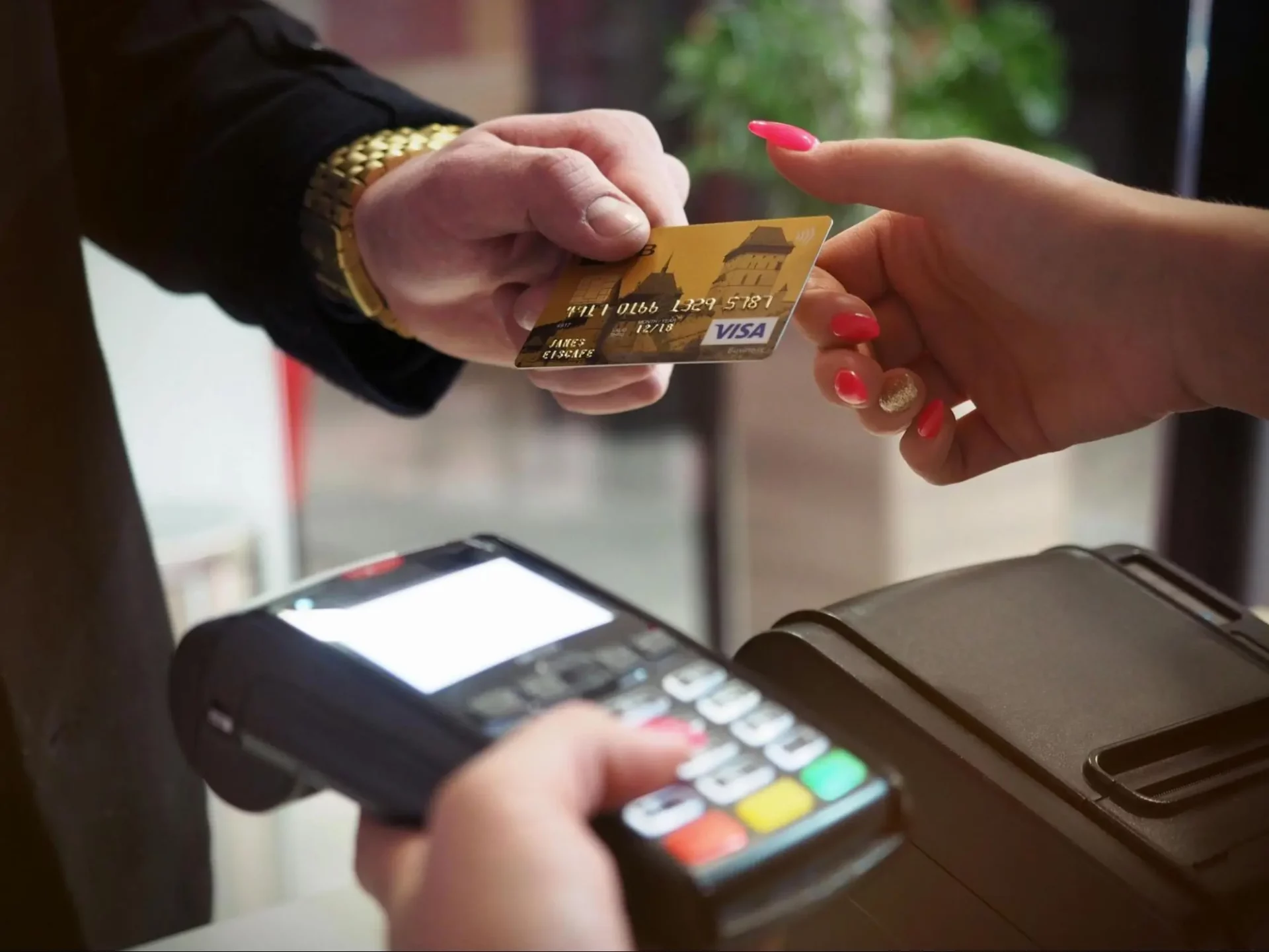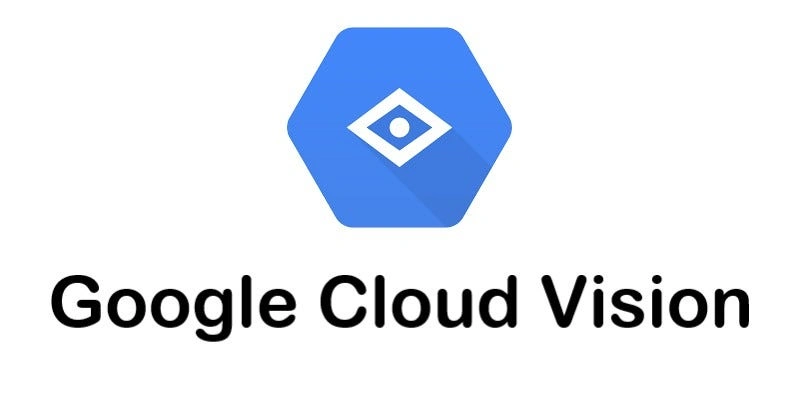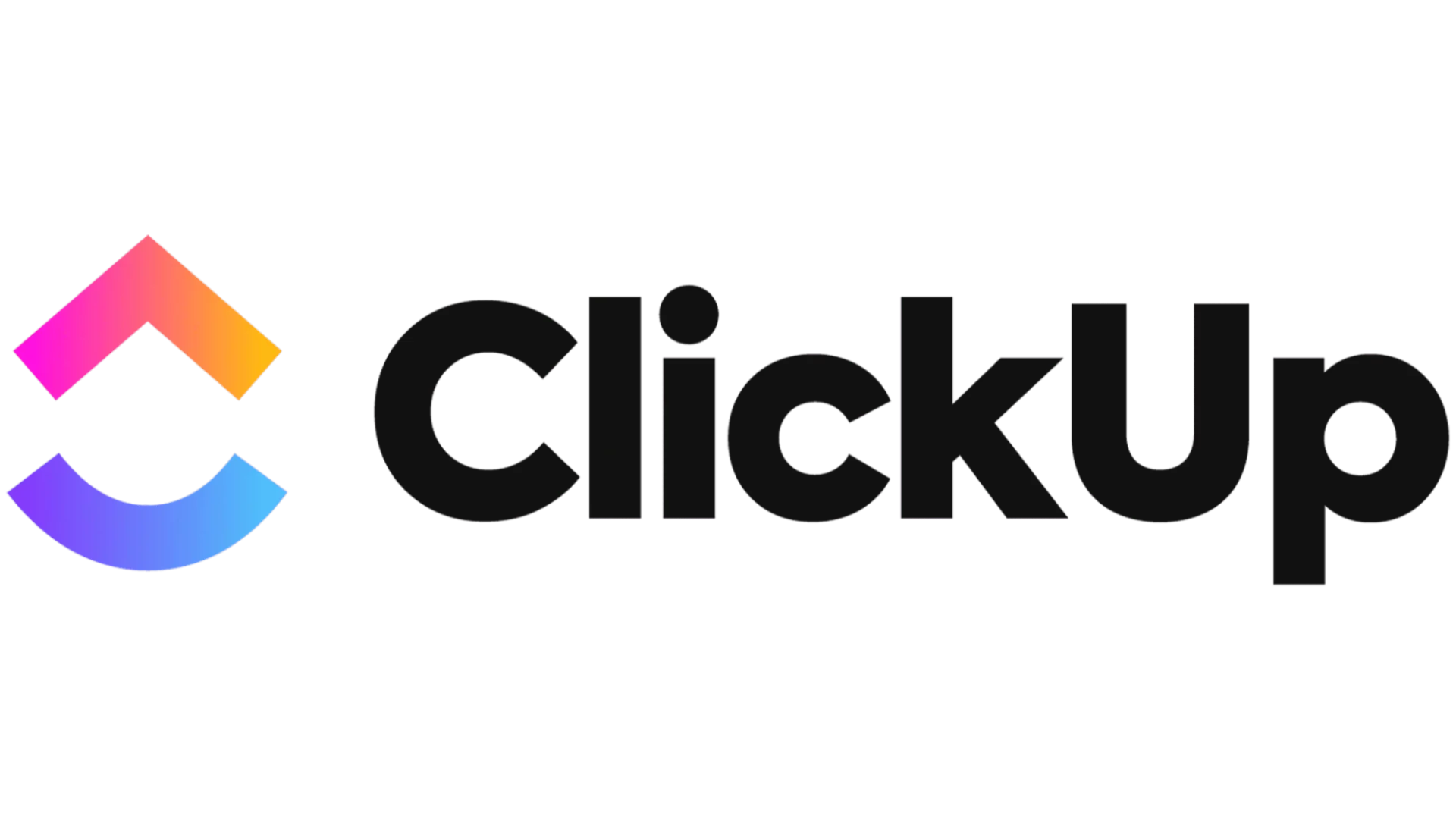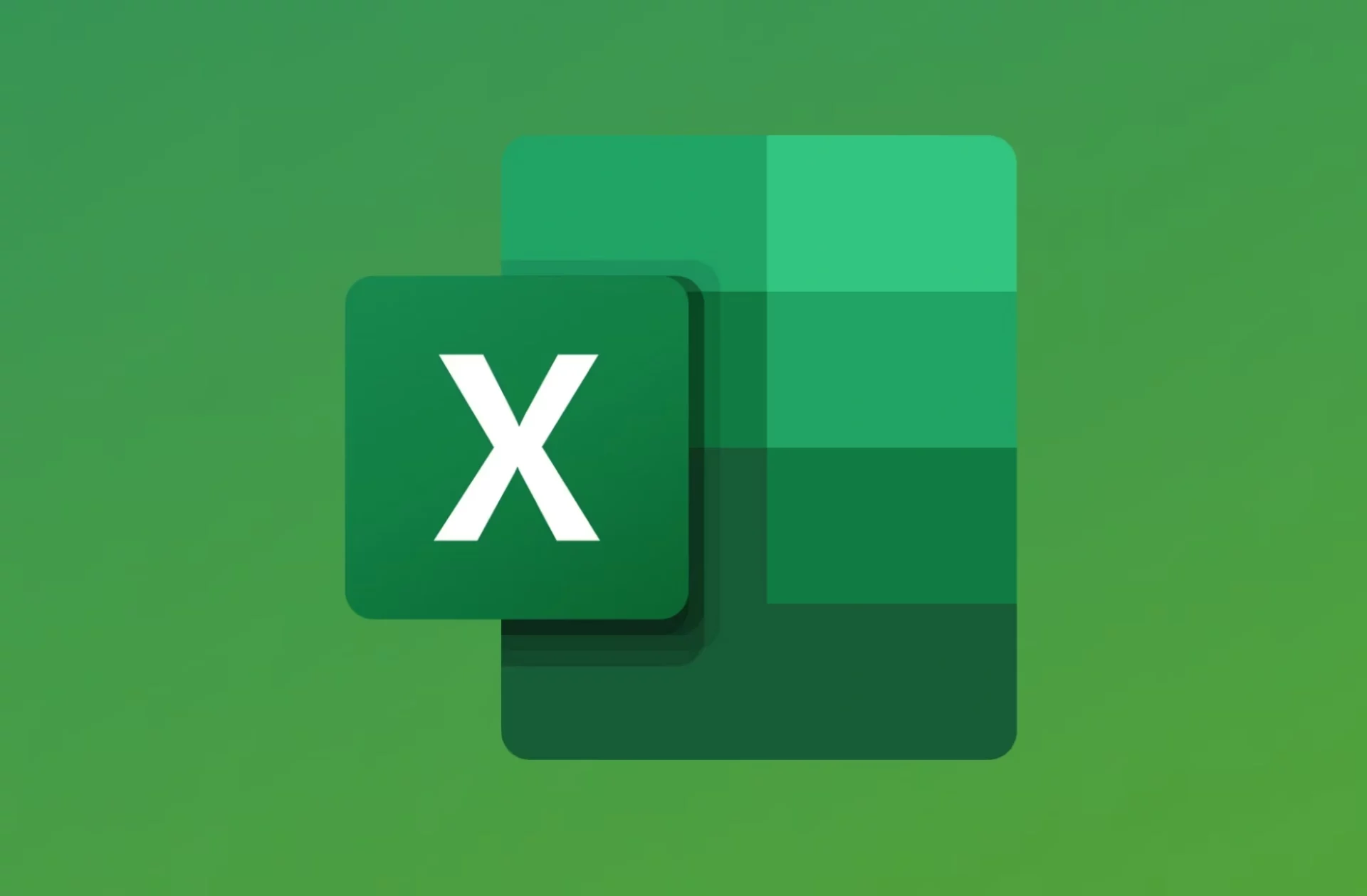Top 10 Payment Reconciliation Software
Table of Content
What is Payment Reconciliation Software?
Payment reconciliation software automates the process of matching and reconciling financial transactions within a business. Its core function is to compare transaction records from various sources like invoices, bank statements, and payment receipts to ensure data accuracy and consistency.
Using algorithms and data analytics, it identifies discrepancies in payment transactions, enabling precise reconciliation. The software integrates with accounting systems and banking platforms to fetch transactional data and perform reconciliation centrally. This automation enhances efficiency, reduces errors, and ensures compliance compared to manual reconciliation methods.

What are the benefits of payment reconciliation software?
The primary advantage of payment reconciliation software is that it can increase team productivity. The following are the five key benefits of payment reconciliation software:
Increased visibility
Since reconciliation takes place via a single system, it also gathers information on the corresponding cash flows, which can be tracked to give finance, accounting, and treasury departments greater visibility. Because automated reconciliation expedites the financial closing process, it can help you identify past-due bills and invoices and is a wonderful tool for working capital optimization.

Enhanced Security
Errors are reduced since software assists in automating reconciliation procedures based on pre-established principles. Moreover, irregularities or fraudulent payments that differ from statements can be detected by a solution more quickly. To better secure the payment process, certain solutions include the ability to screen posted payments against sanction lists. Furthermore, large payment amounts are frequently verifiable by a second or third user to guarantee security.
Automation
By establishing multiple rules to specify how payments can be reconciled with transaction data from various sources, automated payment reconciliation software can automate the reconciliation process. This can be accomplished using a variety of rules, including lockbox matching, e-commerce matching, balance matching, AR & AP matching, and more.
Investigating discrepancies, such as the payments of particular invoices in many systems, can be made easier with the use of an automated and precise reconciliation procedure.
Centralization
You can gather all payment records from several banks or other sources into a single system by using payment reconciliation software. Then, it is possible to centrally match payments with bank statements without having to log into the services of each bank.
For the system to compare things with the bank statements that are retrieved via the connections, bank connections must be established with each bank. You can begin tracking all associated cash flows by centralizing everything in one location, and these cash flows can be analyzed.
Compliance
Automation helps keep reconciliation and transaction accuracy high, which helps a business stay in line with industry rules. Additionally, reconciliation software can help avoid fines for noncompliance and create an audit trail that is simple to review when needed.
What defines a good payment reconciliation solution?
On the market, there are numerous top-notch options for payment reconciliation software. However, what makes a good solution? The following are some crucial elements to take into account that set excellent payment reconciliation solutions apart:
Customization
A solution should be adaptable to the particular requirements of the company, including report formats, matching rules, and system connections with other programs, banks, accounting software, and other applications. It can also be crucial that you can alter things on your own, such as the matching rules.
Automation
To cut down on errors and manual labor, the solution should automate the reconciliation process as much as possible.

Real-time data access
For organizations to promptly detect and address any differences in reconciliation, real-time access to transaction data must be provided.
Accuracy and completeness
Matching payments to invoices and other statements completely and accurately is essential to a strong payment reconciliation solution because it guarantees that every transaction is recorded and properly reconciled.
Scalability
Scalability is a must for the solution to handle the business’s expansion and the rising volume of transactions.
Security
Ensuring the security of payment and transaction data is crucial in safeguarding confidential information against any breaches or fraudulent activities. Before reconciled payments are posted to the general ledger, users should only be able to read the data that is pertinent to them.
The top software for payment reconciliation
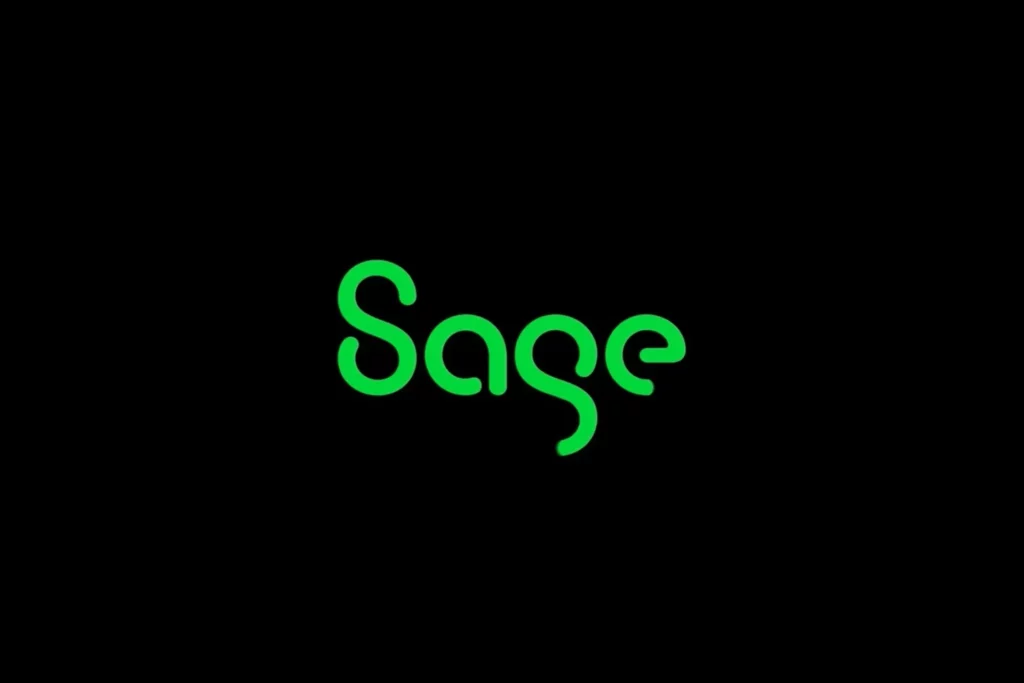
Sage
Sage offers an integrated reconciliation solution that streamlines financial processes while maintaining compliance with industry regulations. Its powerful compliance tools ensure accurate and auditable reconciliation processes.

Oracle NetSuite
Oracle NetSuite provides a cloud-based suite of financial management solutions, enabling real-time financial reporting and automated billing processes. Businesses can benefit from customizable dashboards tailored to their industry-specific needs, enhancing visibility and control over financial operations.
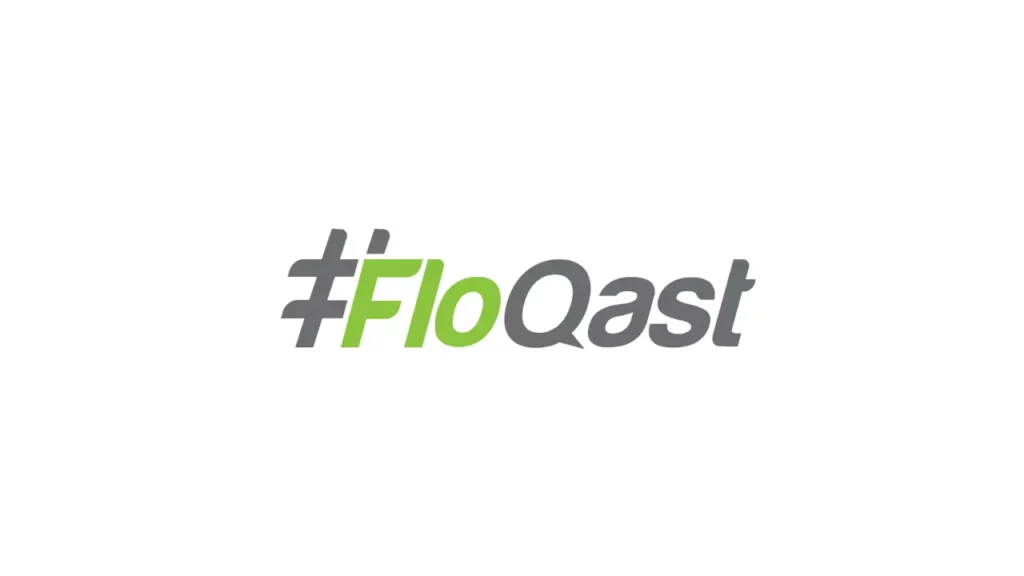
FloQast
FloQast combines reconciliation features with comprehensive accounting close management capabilities. Its auditable processes and financial closing improvement tools ensure accurate and efficient reconciliation, providing businesses with a streamlined financial close process.
Zoho Books
Zoho Books simplifies financial management with automatic bank feed integration, enabling seamless reconciliation processes. Its collaborative client portal, coupled with accounting and taxation features, facilitates online payments and invoice management. Zoho Books offers analytical reporting capabilities and customizable rules for precise data matching.
Xero
Xero provides a cloud-based reconciliation solution that prioritizes scalability, user-friendliness, and robust security measures. Its intuitive interface and seamless integration capabilities enable efficient financial management and reconciliation processes.

Nanonets
Nanonets offers a comprehensive solution for automated document processing, leveraging advanced data extraction capabilities to streamline workflow automation. Its centralized repository facilitates efficient data matching, ensuring accurate reconciliation processes.
QuickBooks
QuickBooks simplifies reconciliation tasks with its automatic matching of payments and invoices, supported by a dedicated bank reconciliation tool. Its user-friendly interface and comprehensive feature set cater to diverse business needs, ensuring efficient financial management.
Upflow
Upflow incorporates a dedicated reconciliation feature, complemented by payment automation and management capabilities. Real-time updates and alerts keep businesses informed about their financial transactions, enabling proactive reconciliation and decision-making.

SolveXia
SolveXia specializes in automated payment reconciliation software, streamlining the calculation of reinsurance and commission payments. Leveraging robust data analytics capabilities, SolveXia ensures secure and scalable reconciliation processes, empowering businesses with reliable financial insights.

SAP
As part of its enterprise software suite, SAP offers a robust reconciliation solution that facilitates account reconciliation and matches payments with invoices. Its integration with broader business management tools ensures seamless reconciliation processes within the larger organizational ecosystem.
Summary
In today’s fast-paced business world, payment reconciliation software has become indispensable for organizations seeking efficient financial operations. Among the key qualities defining a top-notch solution, customization, and automation stand out as critical. Customization allows businesses to tailor the software to their unique needs, while automation minimizes manual effort and reduces errors, enabling accurate and timely reconciliation. As companies navigate complex financial transactions, innovative solutions like Robylon AI are revolutionizing the payment reconciliation landscape.
Robylon offers advanced solutions for payment reconciliation, tailored to meet specific business needs. Users can create AI assistants that execute and guide tasks using natural language, aligning with unique requirements. By recording and customizing workflows, businesses can automate their reconciliation processes. Key features include Actions & Workflows, Usage Analytics, and Integrations, which streamline reconciliation activities, enable cross-platform actions, and provide valuable insights.
Want to know more? Book a demo with us!
FAQs
What is the difference between manual reconciliation and using payment reconciliation software?
Manual reconciliation is a tedious, error-prone process of manually comparing transaction records from multiple sources. Payment reconciliation software automates this process using algorithms, data extraction, and integration with accounting systems for faster, more accurate reconciliation.
How does payment reconciliation software improve security and compliance?
It reduces human errors, identifies fraudulent payments quickly, can screen against sanction lists, requires multi-user verification for large payments, and creates comprehensive audit trails – all helping maintain transaction accuracy and regulatory compliance.
What types of businesses can benefit from using payment reconciliation software?
Any business that processes a high volume of payments, from small companies to large enterprises across industries like retail, finance, healthcare, etc. As transaction volumes grow, manual reconciliation becomes unsustainable.
How customizable are payment reconciliation software solutions?
Top solutions allow customizing reconciliation rules, report formats, integration with existing systems like ERPs/accounting software, and self-service tweaks to settings like matching rules based on your unique processes.
How does payment reconciliation software handle real-time transactions?
By integrating directly with banking platforms and payment gateways, it can continuously fetch and reconcile transaction data in real time rather than relying on batch updates.
What are the key factors to consider when selecting a payment reconciliation solution?
Automation capabilities, customizability, real-time data access, accuracy, scalability, security features, audit trails, ease of integration with existing systems, and vendor support are important considerations.
